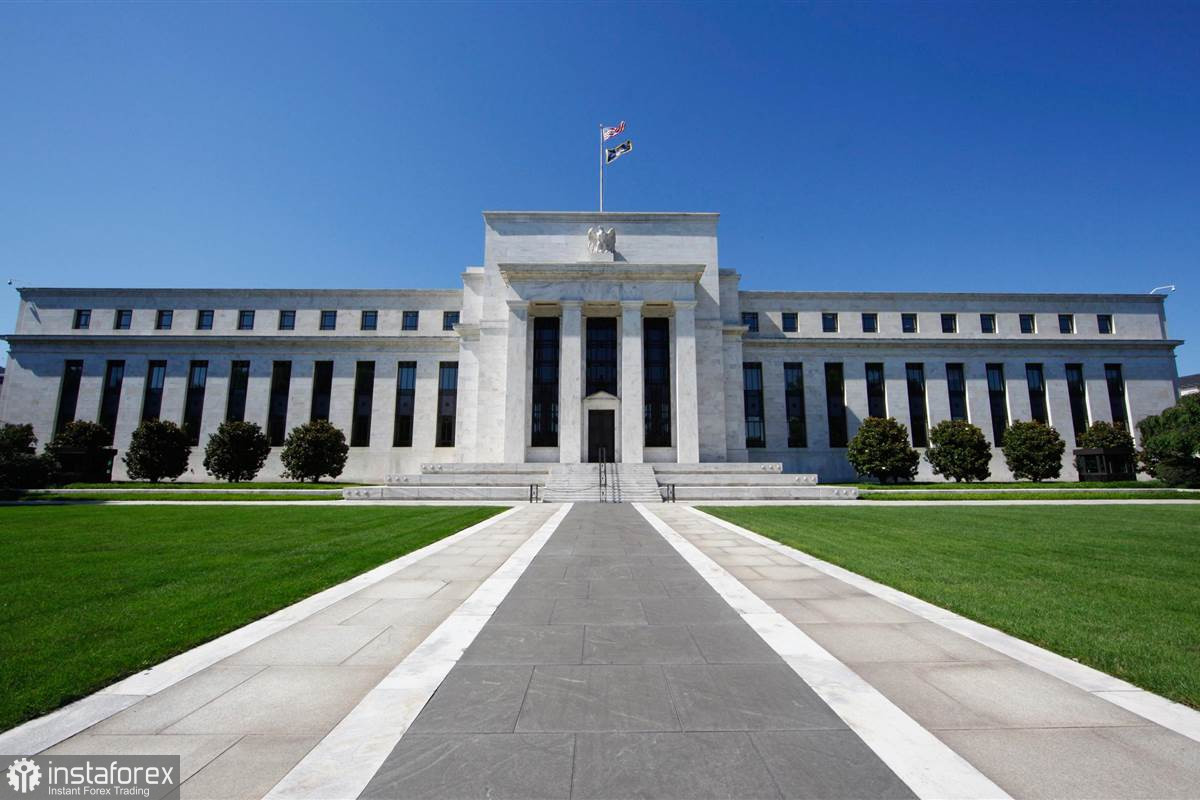
The key indices of the US stock market - Dow Jones, NASDAQ, and S&P 500 - ended Wednesday with a slight increase, which does not change anything in the technical picture of any of these indices. First of all, we note that the stock market responded to the results of the Fed meeting in the same way as the foreign exchange market. Recall that the Fed rate was raised by 0.75%, which the markets have not seen for 28 years. And after such information, we saw the fall of the dollar and the growth of stock indices and stocks? Of course, it is quite possible that the stock market also played down any increase in the key rate in advance. But what does this mean in the medium term? This means that before the next Fed meeting, at which the rate will also be raised by at least 0.5%, the dollar will rise again, and stock indexes will fall. In any case, one way or another, the trend remains the same. The dollar cannot physically fall if the Fed raises the rate every month and a half. The stock market cannot physically grow, as the conditions for risky assets worsen with each rate increase. We also remind you that from July 1, the QT program, which is the antipode of the QE program, begins to operate. The Federal Reserve will sell off $ 95 billion worth of Treasury and mortgage bonds every month. That is, at approximately the same pace as I bought them during the pandemic. Thus, plus everything else in the States, the money supply will also decrease, which is also a tightening of monetary policy and economic conditions.
Last night, we could understand that the Fed chose the latter between recession and low inflation. Already in the first quarter, the US economy shrank by 1.5%, and we can see similar figures in the second quarter and the third. However, Jerome Powell did not say yesterday that GDP could continue to decline. But he talked about the need to return inflation to 2%, and the rate increase immediately by 0.75% indicates that the Fed is starting to act according to the "James Bullard plan", who a few weeks ago spoke about the need to raise the key rate as quickly as possible in 2022 to 3.5% to be able to next year start lowering it slowly. We, in turn, strongly doubt that inflation will return to 2% in 2022. Most likely, it will take one and a half to two years. Naturally, the Fed will not raise the rate at every meeting for the next 18-24 months, but in the next six months, this scenario is most likely. Thus, we expect a new fall in stock indices and stocks in the US market. In the medium term.





















